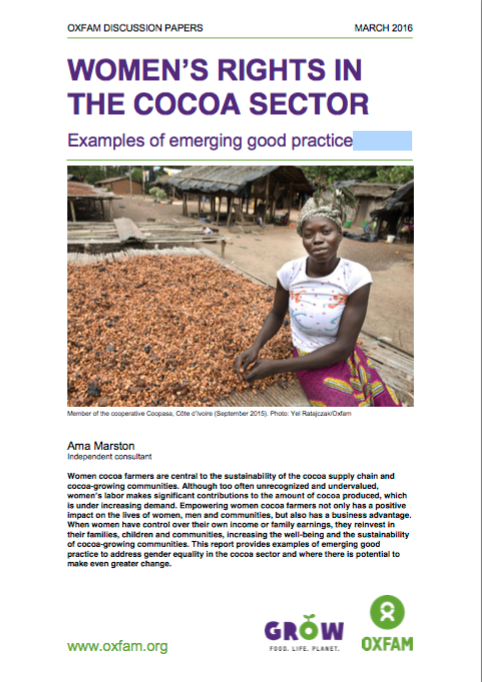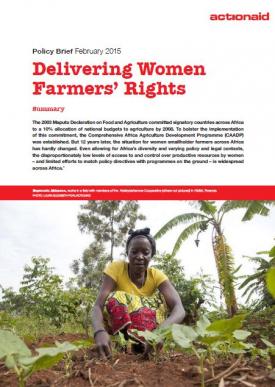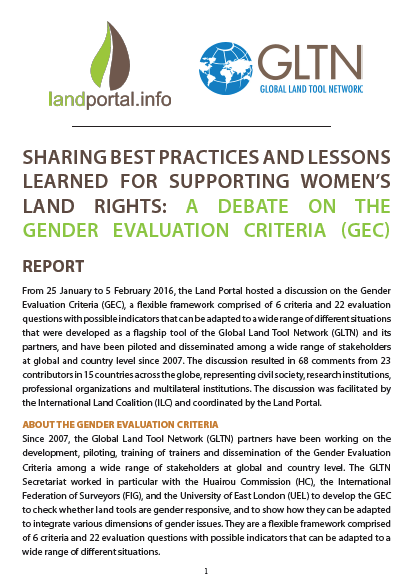Making sense of land statistics and gender
New infographic by FAO and PIM on the correct use of land ownership statistics
“Making sense of Land, Statistics and Gender”, a new infographic by the Gender and Land Rights database (GLRD) of the Food and Agriculture Organization of the United Nations (FAO) and CGIAR Research Program on Policies, Institutions, and Markets (PIM) explores the correct use of land ownership statistics (ownership understood in a broad sense beyond individual property rights) and highlights how gender can influence land rights.











